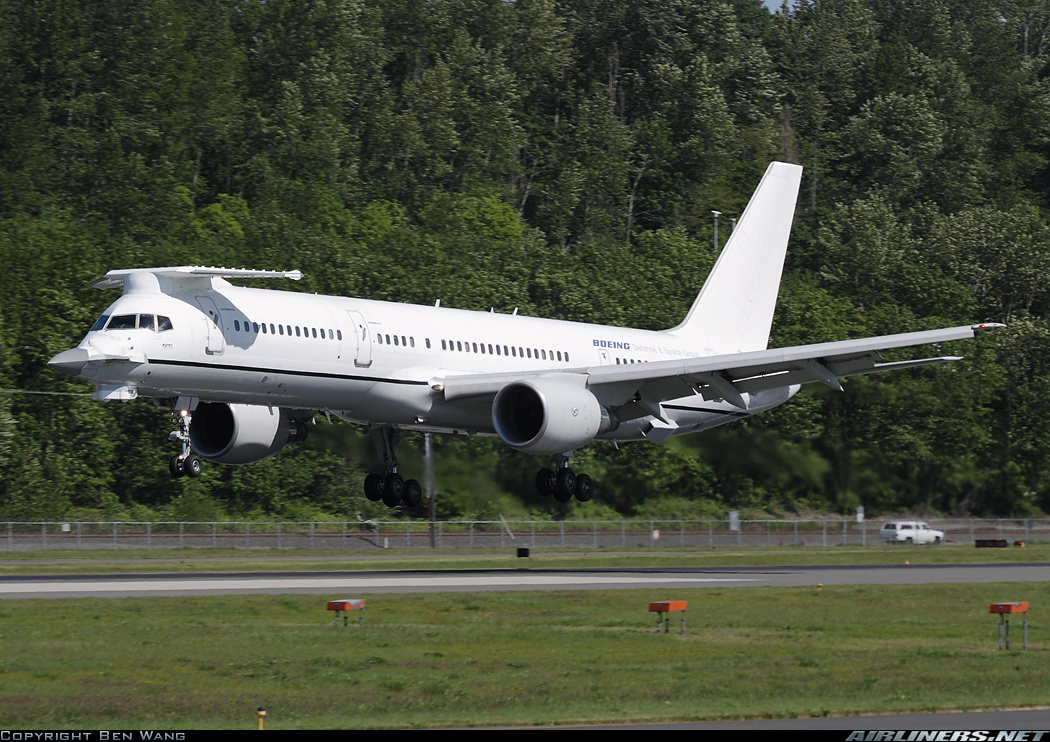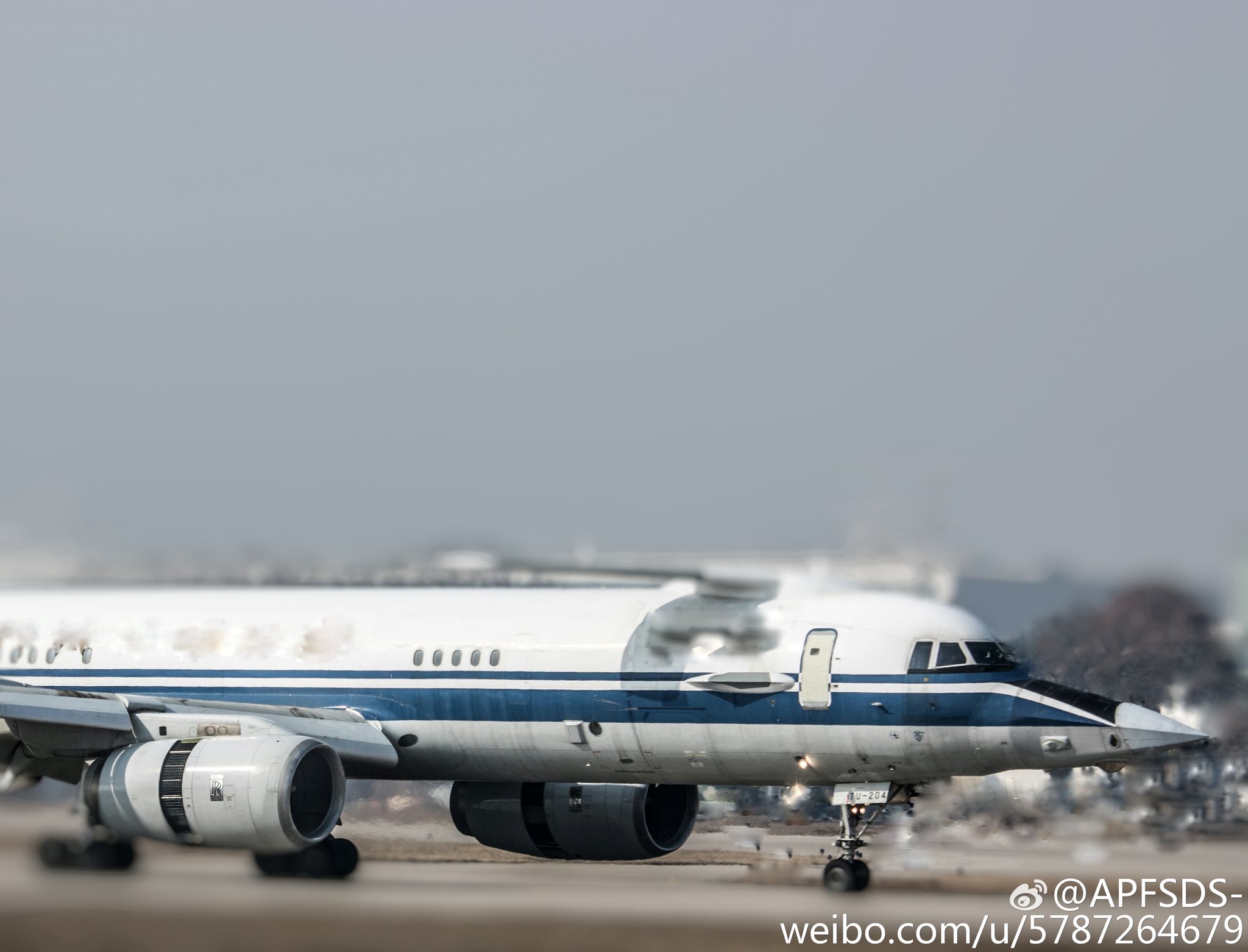The Italian concern Leonardo and the British company 2Excel will convert the Boeing 757-200 airliner into a flying laboratory to test technologies for the sixth-generation Tempest fighter. As reported by Flightglobal, the modification will take from a year to three.
The UK launched a project to develop a sixth-generation Tempest fighter in 2018, and joined it a year later Sweden. The promising aircraft will be made by a high-plane according to the "tailless" scheme with two keels deflected to the sides. It will receive two engines and air intakes located on the sides of the fuselage under the wing.
Tempest will be optionally manned and will be able to perform flights under the control of a pilot or in completely autonomous mode. He will receive a virtual cockpit, which implies an almost complete rejection of the devices in their usual form. Data from sensors, cameras, radar and weapons control systems will be displayed in augmented reality.
Tempest onboard systems will first be tested on a passenger aircraft-a Boeing 757 built in 1995. This was discussed two years ago, but until now Leonardo and 2Excel have been evaluating whether a commercial airliner is suitable for conversion into a flying laboratory, and creating digital models of possible modifications of the aircraft.
Leonardo and 2Excel announced in September that they were starting preparatory work on converting the Boeing 757-200 into a flying laboratory, which was named Excalibur in honor of the sword of the legendary King Arthur. The modification will take from 12 to 36 months. After that, about ten control stations will be installed on the aircraft, and, possibly, a sample of the cockpit to check how the pilot will see the information from the sensors.
Companies plan to use Excalibur not only for testing Tempest systems. It will be able to participate in other tests, for example, as a control center for unmanned platforms.
The British military plans that a promising sixth-generation fighter will control an unmanned wingman. Earlier we wrote that flight tests of the latter should begin before the end of 2023.
Vasilisa Chernyavtseva






